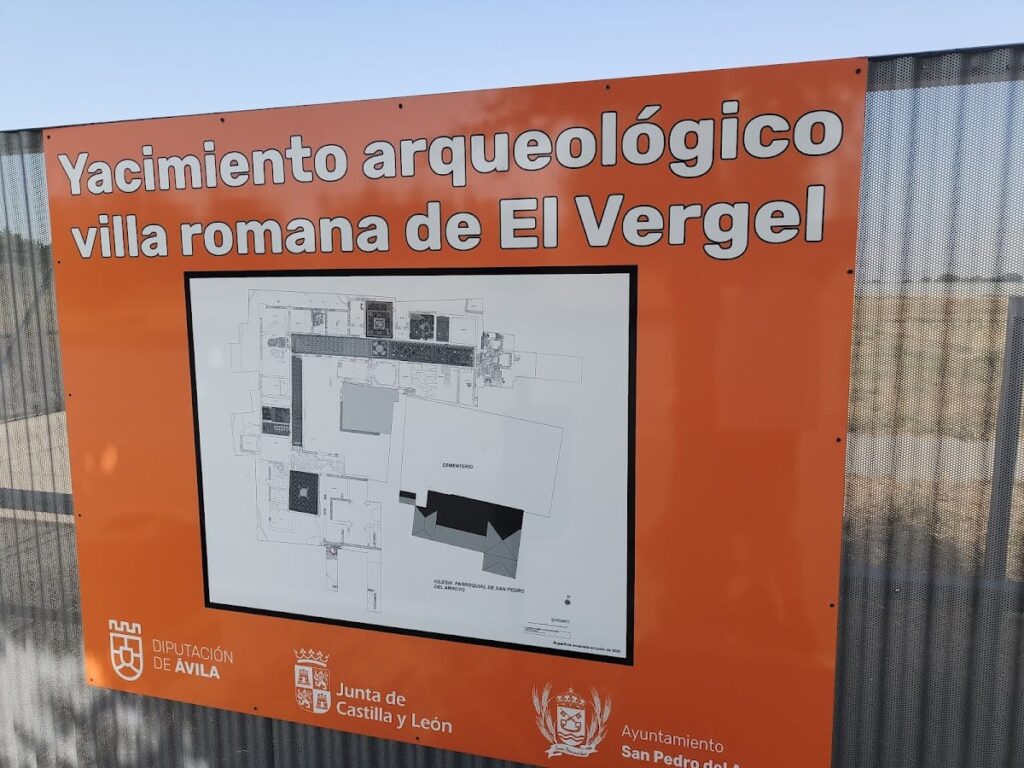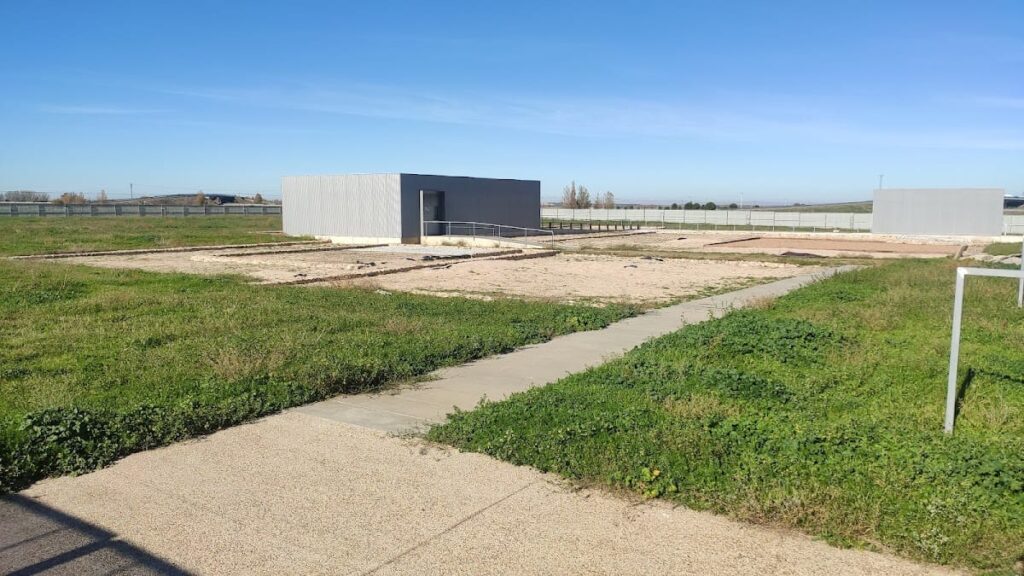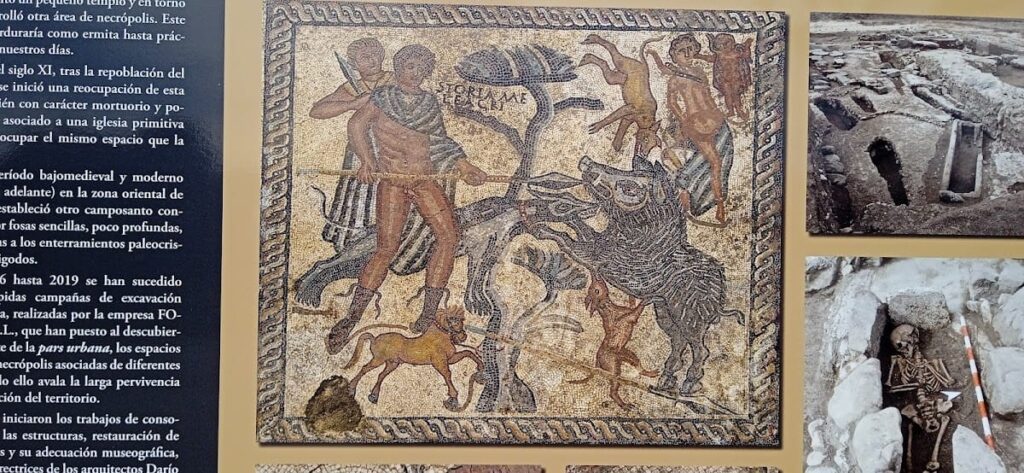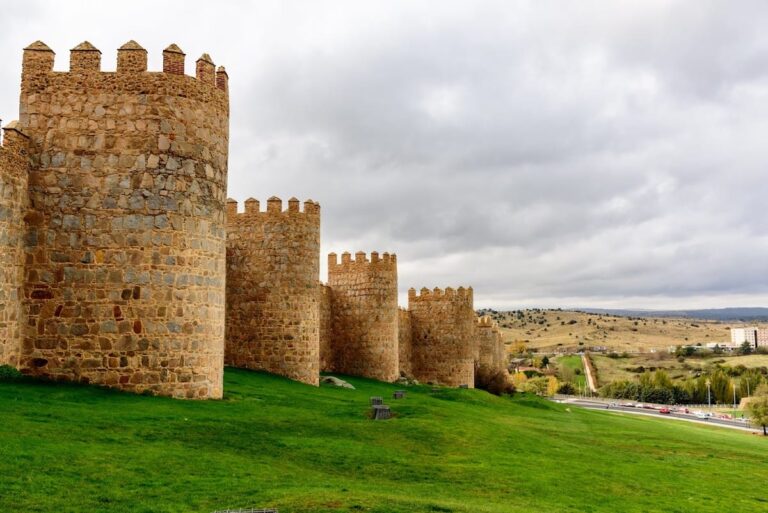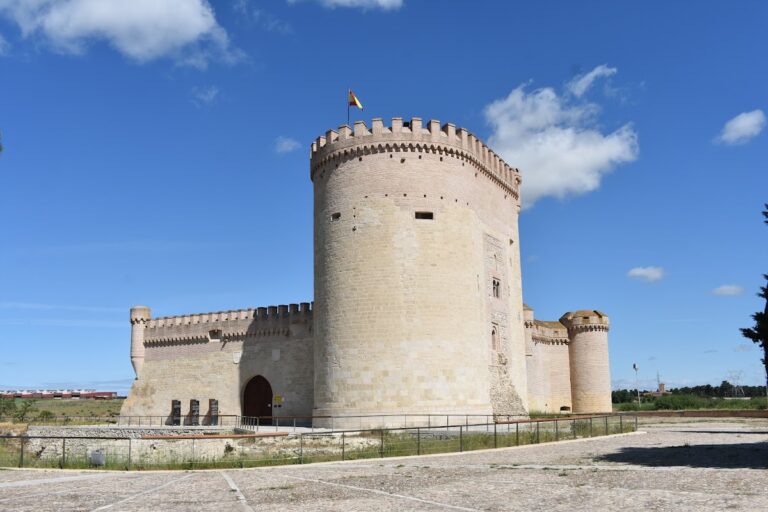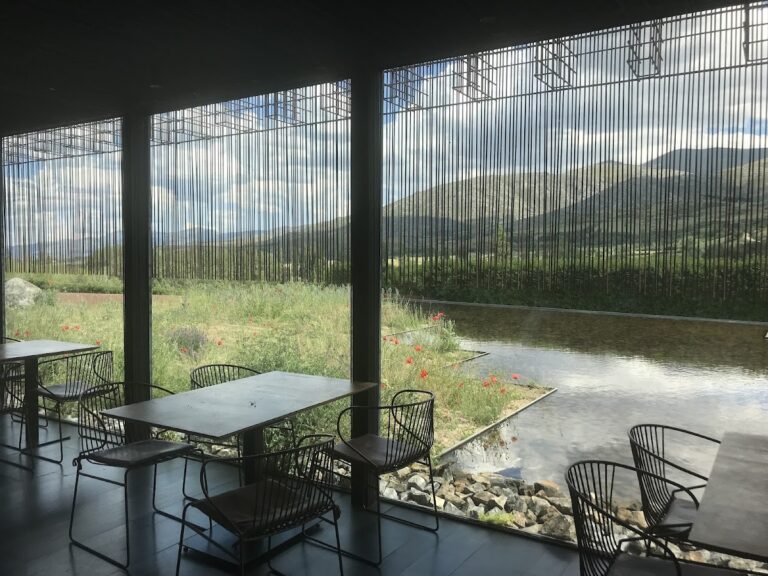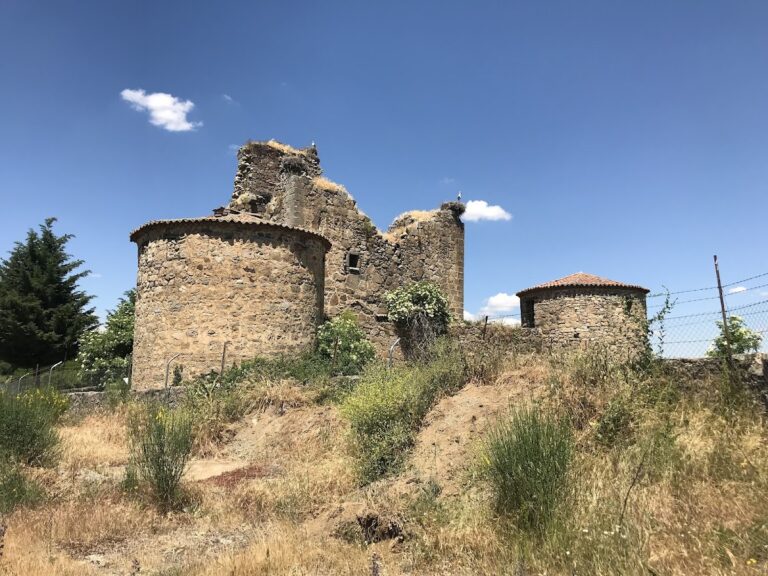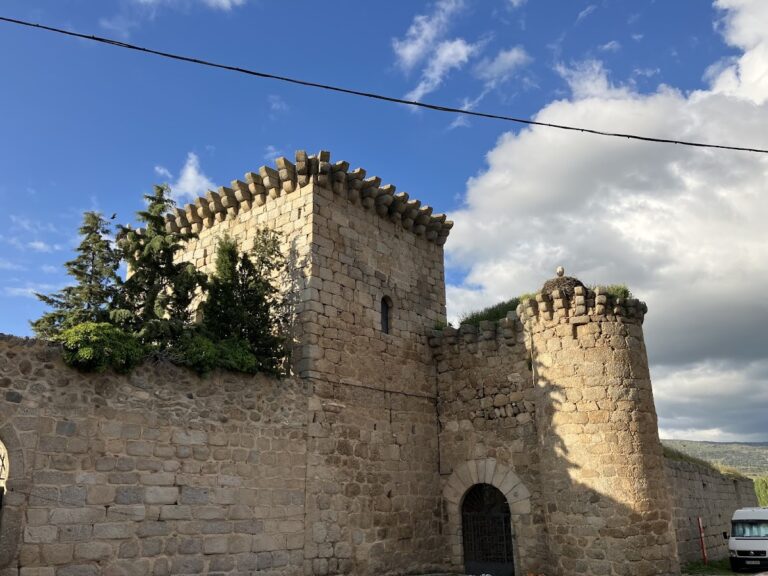Roman Villa El Vergel: A Historic Roman Rural Complex in Castilla y León, Spain
Visitor Information
Google Rating: 3.5
Popularity: Very Low
Google Maps: View on Google Maps
Official Website: villaromana.diputacionavila.es
Country: Spain
Civilization: Roman
Remains: Domestic
History
The Roman Villa El Vergel is situated in San Pedro del Arroyo, within the province of Ávila, in the Castilla y León region of Spain. This site lies at the northern edge of the ancient Roman province of Lusitania, specifically in the administrative district known as Conventus Emeritensis. It was established as a rural settlement during the 1st and 2nd centuries AD under Roman rule.
In the 3rd century AD, during the Late Roman Empire, the settlement expanded and transformed into a large, monumental villa complex. The villa remained occupied through the 4th and into the late 5th century, showing continued use during the decline of Roman authority in the region.
Following the Roman period, the site saw the establishment of a necropolis nearby, dating to the Late Roman era. Later, during the Visigothic and early medieval periods, a cemetery was created over this necropolis. This burial ground included anthropomorphic graves and large granite sarcophagi, some of which were looted. The presence of medieval coins from the reign of Alfonso X the Wise, found in 2019, suggests that the area experienced some form of activity or reuse well into the Middle Ages.
Archaeological interest in the villa began in the early 20th century, with initial reports of mosaics and Roman artifacts in 1905. Rediscoveries occurred in 1930 and the 1980s, but systematic scientific excavations only started in 2002. Since 2006, ongoing excavations have been directed by Rosalía Serrano Noriega, supported by local authorities.
Remains
The villa complex covers an elongated elliptical area of about 40 hectares along both banks of the Espinarejo River. It extends beyond the modern Madrid-Salamanca railway line. The main buildings are arranged around a large rectangular peristyle, a courtyard surrounded by columns, measuring approximately 70 by 35 meters. This central courtyard includes internal divisions and features a large pool or basin made with opus caementicium, a type of Roman hydraulic concrete.
Excavations have uncovered 37 rooms within the villa, with ten rooms displaying high-quality polychrome mosaic floors. These mosaics depict figurative scenes, including the myth of Meleager and the Calydonian Boar hunt, featuring characters such as Atalanta, Ormenos, and Metephon. Other rooms have floors made of opus signinum, a waterproof mortar, or compacted earth.
Building materials found at the site include flat roof tiles with digital impressions and Roman bricks known as lateres. Numerous ceramic fragments have been recovered, including cooking vessels, tableware, and storage containers. Among these are Hispano-African terra sigillata, a fine red pottery, and locally produced painted ceramics.
About 500 meters northeast of the villa lies a Late Roman necropolis with 11 inhumations oriented west to east. This burial area was later overlain by a Visigothic and early medieval cemetery containing anthropomorphic graves and large granite sarcophagi. Some funerary stelae, or stone grave markers, were reused in tomb walls and are now preserved in the Museo de Ávila.
The site’s preservation allows for visible mosaic pavements and structural remains. Restoration efforts have focused on conserving mosaics. Walkways and viewing platforms have been constructed to facilitate study and protection of the remains. Virtual reconstructions and exhibitions have been developed to aid interpretation of the villa’s history.
